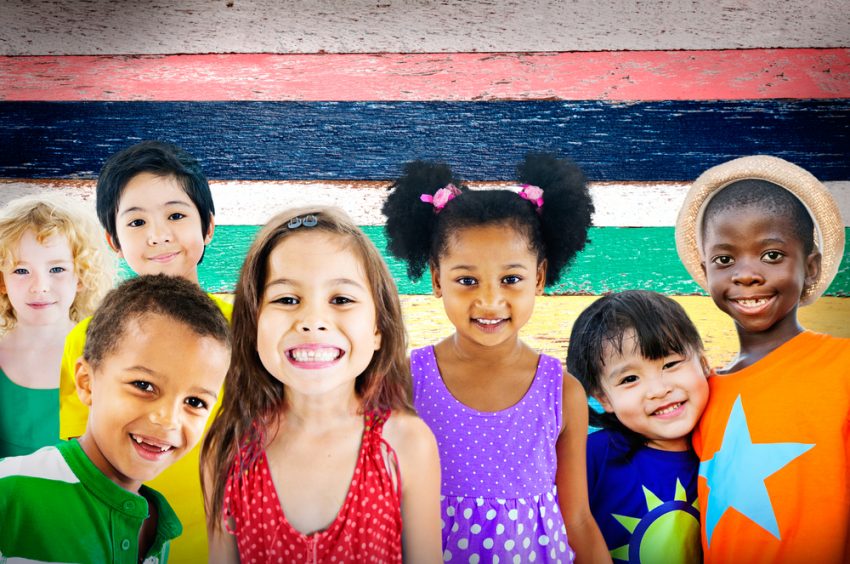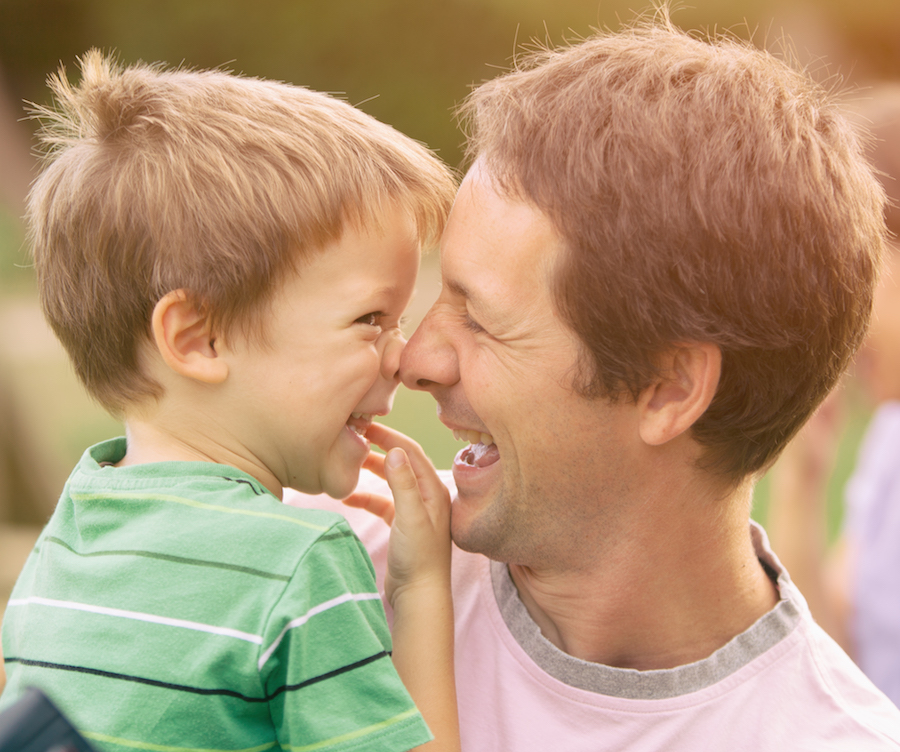Respect is one of the most important life skills a child can learn. When children understand how to respect others, they grow into caring, responsible people who value others’ feelings, opinions, and differences. Teaching respect early helps kids build strong friendships, solve problems peacefully, and feel good about themselves.
Here are 10 simple and effective ways parents and caregivers can teach children about respect, helping them get along well with everyone they meet.
1. Respect Your Child — Lead by Example
Children learn by watching you. When you treat your child with kindness and respect, they learn what respect looks like. Speak kindly, listen carefully, and show patience even when things get tough. If you want your child to say “please” and “thank you,” use those words yourself. Modeling respect is the first and most powerful lesson.
Example: When your child tells you about their day, stop what you’re doing and give them your full attention.
2. Apologise When You Make Mistakes
Nobody’s perfect — including parents! If you say something hurtful or lose your temper, apologise to your child. This shows them that everyone makes mistakes and that saying sorry is part of respect. It teaches them how to take responsibility for their actions.
Tip: Say something like, “I’m sorry I raised my voice earlier. I wasn’t being respectful, and I will try to do better.”
3. Teach Basic Manners and Social Skills
Simple words like “please,” “thank you,” “excuse me,” and “I’m sorry” are powerful tools for showing respect. Teach your child when and how to use these words. Role-play different situations like meeting someone new or asking for help.
Activity idea: Practice polite greetings with family members or during playdates.
4. Introduce Cultural Awareness
Respect means understanding that people have different traditions, languages, and ways of showing kindness. Teach your child about different cultures and how respect might look different around the world. This builds curiosity and open-mindedness.
For example: Explain how bowing is a sign of respect in some countries, while shaking hands is common in others.
5. Set Clear and Realistic Expectations
Children feel more confident when they know what behaviour is expected. Explain what respectful behaviour looks like for different situations, like visiting a friend’s house or being in class. Follow through with fair consequences if respect isn’t shown, but always explain why.
Example: “At Grandma’s house, we use quiet voices and listen carefully because she needs peace to rest.”
6. Talk About Disrespectful Moments
If your child is rude or disrespectful, wait until they’re calm and talk about what happened. Help them see how their words or actions affect others. Ask how they might have reacted differently and suggest respectful ways to handle similar situations next time.
Try asking: “How do you think your friend felt when you said that? What could you say instead?”
7. Teach Active Listening
Listening well is a key part of respect. Teach your child to look at the person speaking, not interrupt, and show they’re paying attention. Good listening helps children understand others’ feelings and respond kindly.
Practice game: Take turns telling stories while the other person listens carefully and repeats back what they heard.
8. Encourage Open-Mindedness and Celebrate Differences
Help your child understand that everyone is unique and that’s a good thing! When children accept differences, like different skin colours, abilities, or interests, they learn to be more respectful. Celebrate diversity with books, movies, and conversations about kindness to everyone.
Suggestion: Read stories about children from different backgrounds and talk about what respect looks like in each.
9. Understand Why Your Child Acts Disrespectfully
Sometimes disrespect is a sign that your child is upset, tired, or frustrated. Ask them what they are feeling when they act out, and listen without judgment. This helps you find solutions together and teaches your child to express emotions respectfully.
Question to ask: “Can you tell me what made you feel upset just now?”
10. Expect Disagreements — Teach Positive Expression
Children will not always agree with others — and that’s okay! Teach your child how to express their opinions politely without being rude. Encourage asking questions instead of demanding, and explain how respect includes listening even when we disagree.
Example: “I understand you want to play now, but can you please wait your turn?”
Respect Is a Journey — Be Patient and Consistent
Teaching respect takes time and effort, but every little step makes a big difference. Celebrate when your child shows kindness and respect, and keep practising together. The skills they learn today will help them build happy, healthy relationships for life.
Quick Tips for Teaching Respect:
-
Use respectful words and tone every day.
-
Show empathy by acknowledging and understanding others’ feelings.
-
Praise respectful behaviour when you see it.
-
Use stories and games to teach respect concepts.
-
Model respect in digital spaces, too (online kindness counts!).
You may also like to read:
Benefits of including kids in household chores










